The reboot of the Samurai Showdown saga
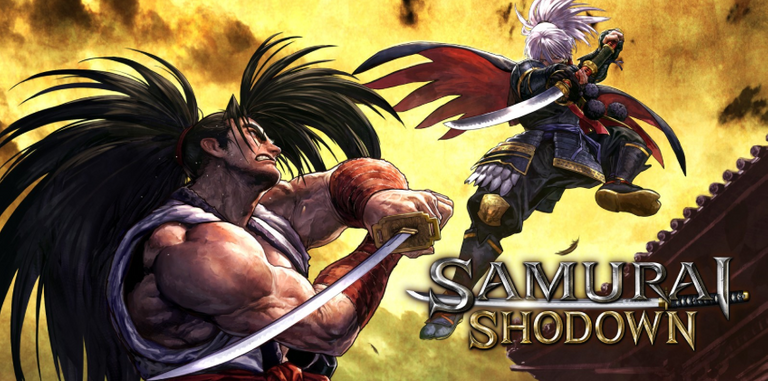
Samurai Showdown is a one-on-one fighting title that develops laterally, being the return of one of SNK's most successful franchises. It maintains everything that made the previous installments great, focusing again on slow fights where we must accurately calculate our movements to perform attacks, blocks and dodges in order to offer very fun tactical fights in which the tension is chewed until the end , but showing some very striking three-dimensional cell shading graphics that ensure that it does not lose its essence. This version of Switch includes everything seen on the PS4 and Xbox One, adding portability logic and, above all, the presence of Shizumaru Hisame.
Its controls, beyond being able to use a Joy-Con to fight (although it is not very comfortable), have not changed anything either, with an accessible style that focuses more on tactics than skill when performing combos. We have a weak attack, a medium and a strong one, as well as one for the kicks, which combined with the different directions of the pad give rise to many movements. As we have mentioned, timing is very important, since a good counterattack can be devastating and destroy much of the vitality of the rivals.
Being a title based on weapons, there are other types of movements that could not be absent: blocks, which apart from reducing the damage received allow us to leave the rival sold if we make the movement at the right time; the dodges, which are more complicated to execute but whose damage when countering is much greater; and the grips, which do not hurt but allow us to end the opponent's defense.
On the other hand, there is a fury meter that is gradually being filled and, apart from serving to execute the super special movements of each character, they allow activating the fury mode to enhance the movements of our fighter or launch a definitive attack whose damage They are based on the amount of vitality that we have at that moment and allow us to disarm the rival. It is a very powerful move that, if it fails, can leave us sold by disappearing the fury meter for the rest of the fight.
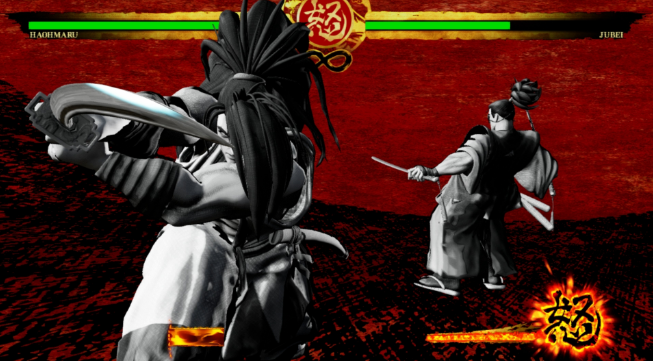
As in the original, all this makes the fighting very balanced, tactical and with a slow pace that differentiates it from other titles in the genre. At first it may be difficult to get your style, but when the time comes you will discover that it is very accessible and hides a much deeper side that will take time to master. Everything is perfectly explained in its Practice mode, in which you will know the basics with the tutorial and put into practice what you have learned with the training.
The cast of fighters is made up of a total of 17 characters, finding 13 classics that fans of the franchise will recognize instantly (such as Haohmaru, Tam Tam, Galford, Hazo or Nakoruru, among others), 3 new ones (Yashamaru Kurama, Darli Dagger and Wu-Ruixiang) and a serial addition to the Switch version, Shizumaru Hisame. We have been shocked that the opportunity has not been taken to add the fighters of the first season pass (Rimururu, Basara, Kazuki Kazama and Wan-fu), which were even given away with the purchase of the rest of the versions at launch, or Majikina Mine. At least, although the cast is short, all the characters are very well differentiated in terms of fighting style.
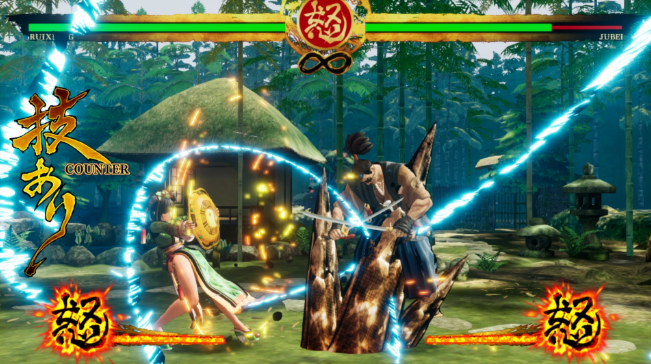
In terms of game modes, first of all we have the story, which is an arcade mode in which we see a scene of each character at the beginning, another in the middle of development and a final one when finishing with the boss. Although it is entertaining, it is missing something more depth, where we can at least choose really challenging levels of difficulty. On your left we have the Online mode which, as it happened in the rest of the versions, is limited to casual or scored online games to move up the rankings, where you will need to be subscribed to the Nintendo Switch Online service to participate.
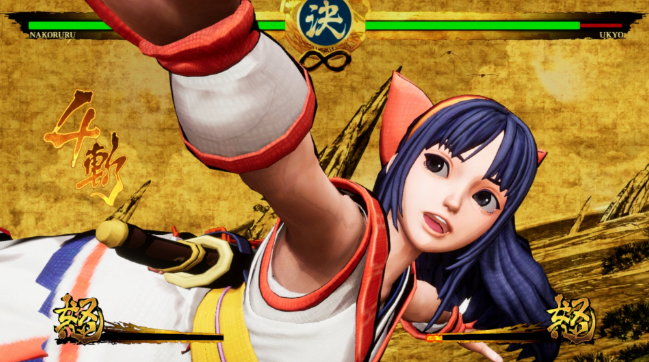
Then there is the Dojo, a place where we can train an AI to upload it online and that other fighters can face it, the same thing happening in reverse. There is not much else to comment on, as it focuses only on fighting without any reward. Finally we have Battle, where you will find the classic Time Trial, Survival, Championship or Versus modes.
As extras are the Database, which allows us to review the data that has been saved about the ghosts, battle records, records or statistics, and the Gallery, where you will enjoy the different videos, illustrations and background music that you have unlocked.
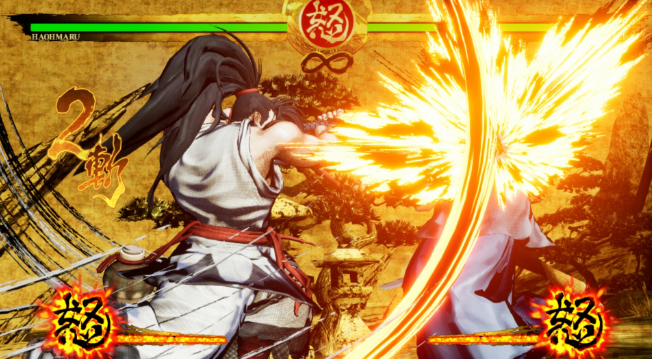
So far, and beyond the possibility of using each Joy-Con as a controller and the addition of the new character, everything is the same as in the rest of the versions of the game. It is in the graphics where I have found some flaws that can overshadow the good quality of the game in general. The resolution is lower than previously seen and, although it is well enjoyed in desktop mode, on the laptop it is true that we have noticed much less attractive backgrounds. And it is not the only thing, since there is also a decrease in the quality of textures and effects that generally detract from the artistic section.
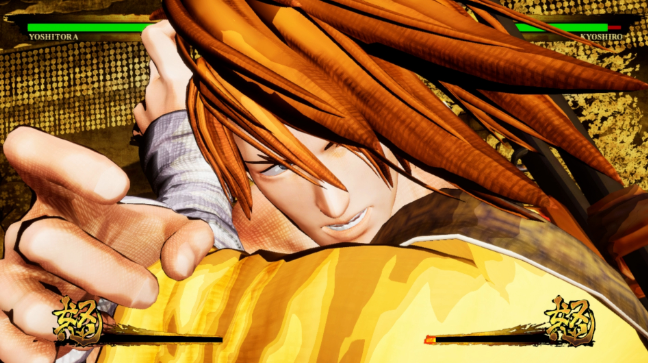
Samurai Shodown is still so strategic and fun, with very accessible but difficult controls to master and well-differentiated characters, where the only bad thing you'll find is a somewhat sparse template and unoriginal game modes. What we liked the least is the almost total absence of news and a technical section that could be improved, making it not everything we expected from it.
If these defects are corrected by future updates, you will find a game with entertaining and challenging slow fights that differentiate it from the rest of the titles of the genre and, as usual in Switch games, the possibility of playing anywhere.
Nice ❤️
Thank you
Thanks for the review of the game, I did not know it but from what you say it can be something fun. Fights between Samurais